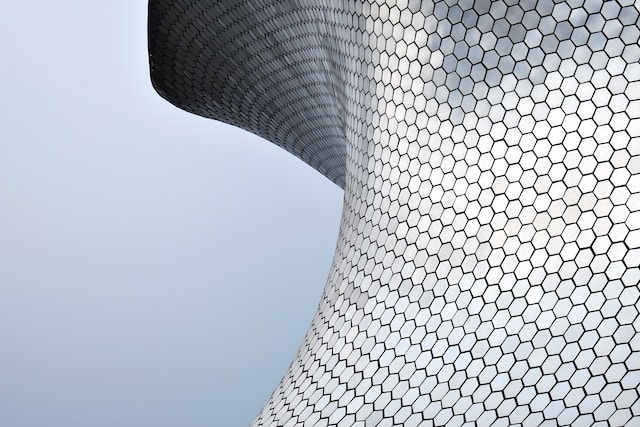The world’s first commercial delivery of green steel was made almost 2 years ago to the day by HYBRIT, a joint venture by Swedish steel manufacturer SSAB, power producer Vattenfall and miner LKAB.
The delivery to truck-maker Volvo represented a trial run before full commercial production in 2026. Aiming to get there first with large-scale output by 2025 is H2 Green Steel, also based in Sweden where access to abundant hydropower makes the process more economically viable than elsewhere.
Lots of cheap, clean energy is needed to power the electrolysers that split the water to produce the green hydrogen that replaces the coal currently used in steelmaking. The use of coking coal in blast furnaces is one of the reasons that steelmaking produces about 8% of the world’s carbon dioxide, making it the second biggest single emitter of planet-heating gases after road transport.
The furnaces in steelmaking are used in the direct reduction of iron ore to sponge iron, the biggest input to the steelmaking process.
Recent announcements by H2 Green Steel suggest that it’s putting all the pieces into place for the forthcoming ramp up of production. In May of this year, H2 Green Steel said it is to partner with Germany-based electrolysis specialist Thyssenkrupp Nucera to create a 700MW electrolysis plant in Boden, Sweden.

The delivery to truck-maker Volvo represented a trial run before full commercial production in 2026. Aiming to get there first with large-scale output by 2025 is H2 Green Steel, also based in Sweden where access to abundant hydropower makes the process more economically viable than elsewhere.
The plant will use Thyssenkrupp’s alkaline water electrolysis (AWE) technology, which it has deployed in more than 600 installed projects amounting to 10GW of capacity. The result will be one of the world’s largest AWE installations by the time it is commissioned.
In August, H2 Green Steel struck a deal with global miners Rio Tinto and Vale for the supply of direct reduction iron ore pellets, representing a significant amount of the supply needed to feed its Boden plant.
As part of the agreement, Rio Tinto will purchase and on-sell a part of the surplus low-carbon hot briquetted iron (HBI) produced by H2 Green Steel during the ramp-up of its steelmaking capacity.
H2 Green Steel wasn’t even in the business of making steel a few years ago. It was spun out of battery maker Northvolt, which was looking for a cleaner way of making the steel that goes into its products.
Larger and more established steelmakers are also investing in hydrogen-derived green steel. There are at least 19 projects on the drawing board in Europe, including 7 in Germany alone.
In the UK, Tata Steel and British Steel are still negotiating the terms of government grants of about £300m each to decarbonise production, it was reported in January.
To learn more about Ryze Hydrogen, click here.






